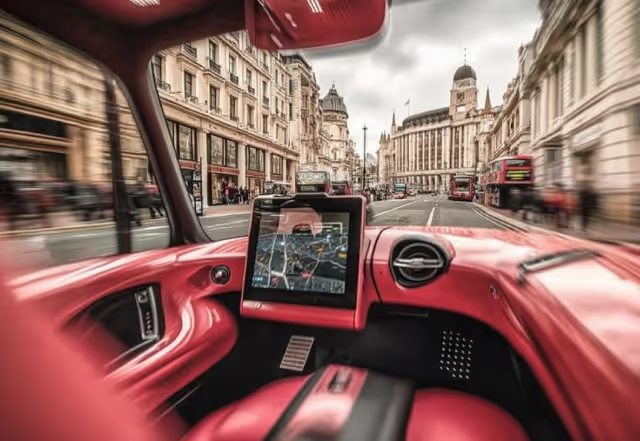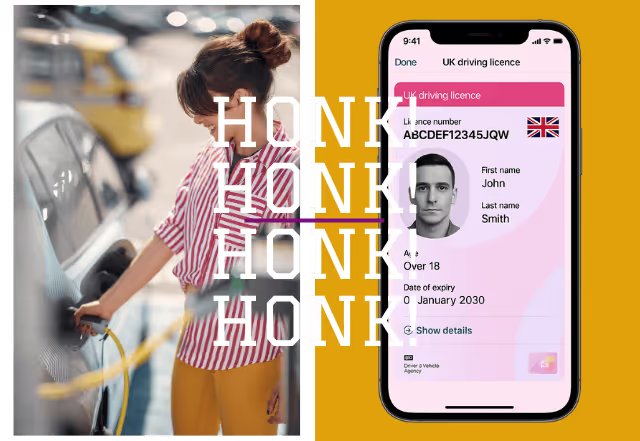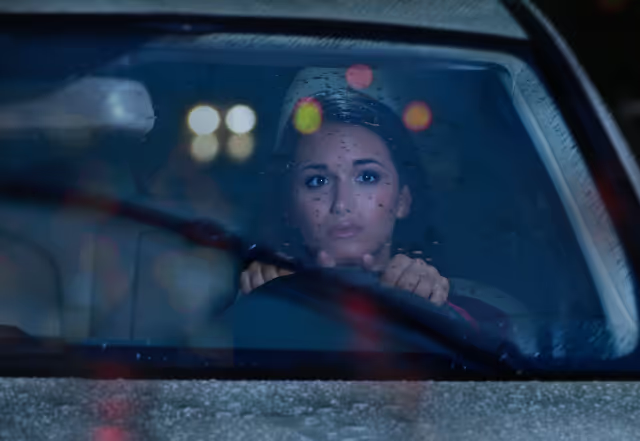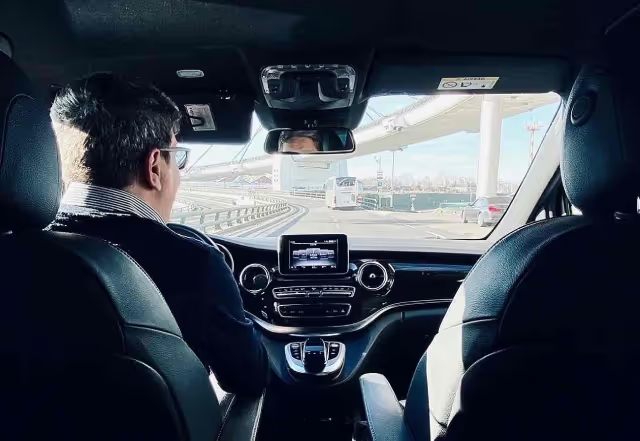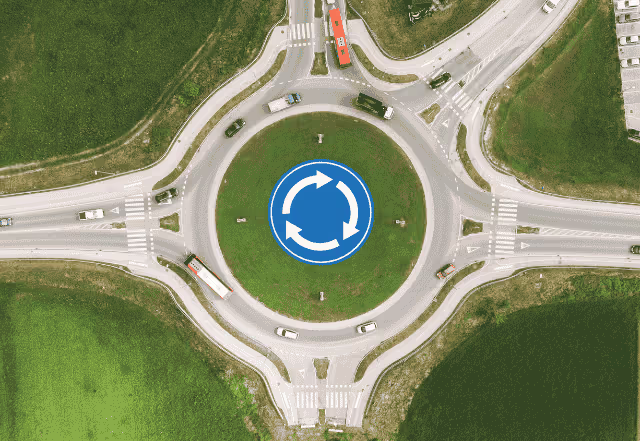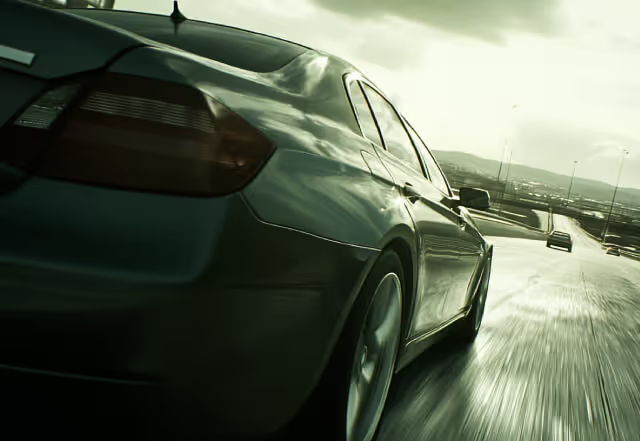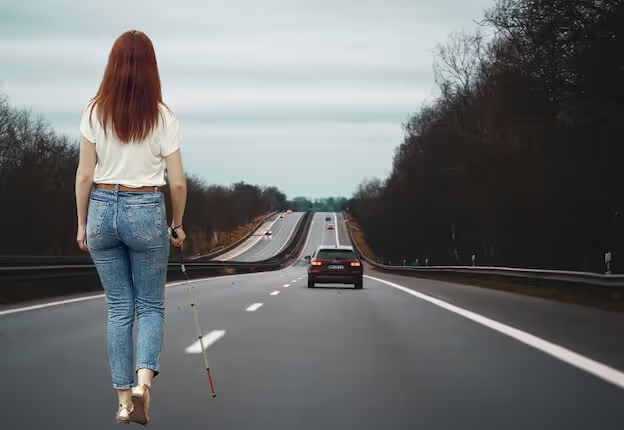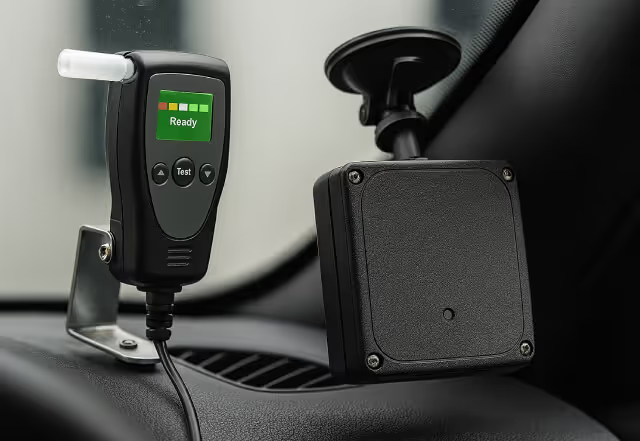You start to travel and rent a car when on holiday. You thought it was going to be a great road trip. And it will be. There’s just one small detail you forgot about: Which side of the road should you drive on?
It’s either the left-hand side or the right-hand side. Although some people in some places of the world think they can drive anywhere on the road. Have you ever thought about why some countries decided to go left and others right? Let’s take a sneak peek in time. I promise it’ll be interesting.
All Roads Lead to Rome. Or Not?
And also our little story. Because the Romans were fond of rules and order. They basically ordered everyone a traffic regulation. Evidence suggests that they preferred left-hand traffic so they could wield their amazing weapons against their enemies with their right hand.
So what changed? Why are most European countries now driving on the right-hand side of the road? Two words: Napoleon Bonaparte. Bonjour! This left-handed guy preferred his armies to keep to the right, thereby altering history altogether for mainland Europe and France’s colonized countries.
The British Empire
As the British Empire expanded across the globe, it took its preference for left-hand traffic (LHT) along for the ride. Countries like India, Australia, and South Africa accordingly adopted this practice of driving on the left side of the road.
The Great Escape: Sweden’s “H-Day”
In 1967, Sweden made a bold move known as the “H-Day” when it switched from LHT to RHT to align with its neighbors. This massive undertaking involved re-educating the public, changing road signs overnight, and even redesigning intersections. Better to do it right once than to make cross-border travel impossible.
Gucci or Prada?
We always have to make difficult choices: Real or Barça, Gucci or Prada, Ferrari or Lamborghini. The side on which you drive also impacts vehicle design. Cars in LHT countries have the steering wheel on the right, offering the driver better visibility and safety when overtaking. And RHT countries naturally have left-sided steering wheels. This difference affects international car manufacturers, who must adapt their designs to suit both markets.
Practical Differences: Lights, Speedometers, and Mirrors
Driving on different sides of the road also affects several vehicle features:
- Headlamps: These are angled to illuminate the side of the road without blinding oncoming drivers. Cars driven on the opposite side of their intended traffic flow may have headlights that point the wrong way unless they are equipped with dynamic headlamp systems that adjust the beam as needed.
- Rear Fog Lamps: Usually, these are installed on the opposite side of the vehicle to the traffic flow direction to ensure visibility in fog. Some cars have two fog lamps, one on each side.
- Speedometer: This displays the current speed in miles per hour (MPH) or kilometers per hour (Km/h), depending on the country. When importing vehicles, the unit may need to be changed to suit local regulations.
- Rear Vision Devices: These include rear-view mirrors that need adjusting when a vehicle’s steering configuration changes. Some vehicles might require specific mirrors suited for the driving lane.
Tips for Driving on the Opposite Side
Switching from left-hand traffic (LHT) to right-hand traffic (RHT) or vice versa can be challenging. It’s not a switch you can just turn from the left side to the right and expect it to magically work. You need to adjust your mindset first, and that means breaking your habits a little. Here are some practical tips to help you out:
- Familiarize Yourself with the Vehicle: Spend some time getting accustomed to the car’s controls, such as the steering wheel, gear shift, and indicator placement, as they may be on the opposite side of what you’re used to.
- Take it Slow at First: Start driving in a less congested area to get used to the new traffic flow. Practice turns, lane changes, and parking until you feel comfortable.
- Stay Alert at Intersections: Pay extra attention at intersections and roundabouts, where the natural instinct might lead you to the wrong lane. Always check the direction of traffic and road signs.
- Use a GPS or Navigation App: Navigation tools can help you stay focused on the road by providing voice directions and alerts about upcoming turns, which can help in unfamiliar environments.
- Follow Local Traffic Patterns: Observe other drivers and follow their lead when it comes to traffic patterns and behavior, as these can vary significantly between countries.
- Practice Defensive Driving: Keep a safe distance from other vehicles, anticipate potential hazards, and be ready to react to unfamiliar traffic situations.
- Remember the Basics: Always wear your seatbelt, adhere to speed limits, and follow road signs and signals to ensure safety and compliance with local laws.
Conclusion
The story of left- and right-hand driving is a reflection of our world’s rich history, culture, progress, and a little bit of fear (remember the Romans and Napoleon?). As you drive on the road, whether it’s on the left or the right, remember that behind each side lies a story on which you are driving. So buckle up, and enjoy the ride.


